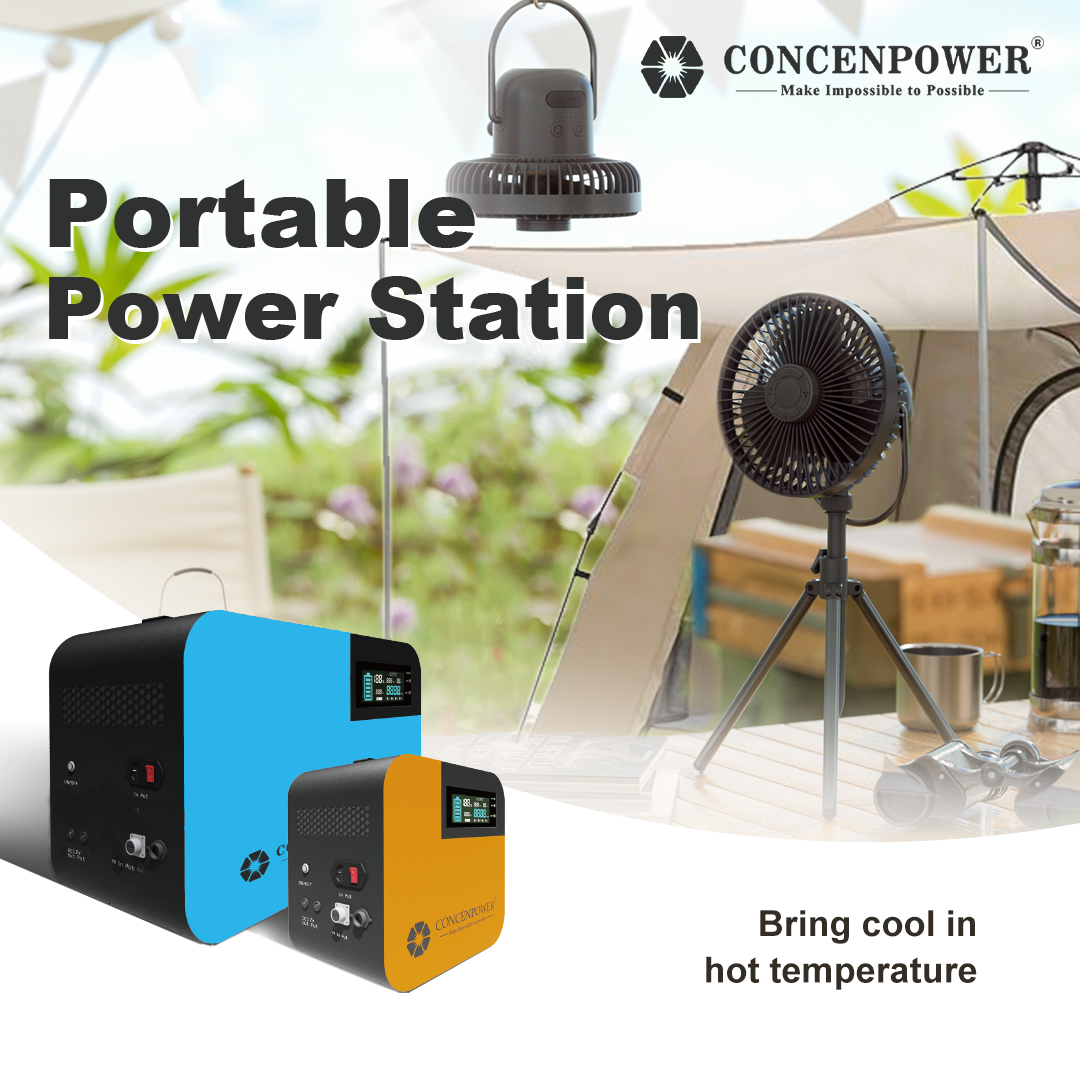
Get rid of the heat and hot temperatures.
As global temperatures rise, the demand for efficient and reliable cooling solutions grows. Coupled with the drive for sustainable energy, integrating Household Energy Storage Systems with solar power has become essential for modern households. This article explores the integration of solar energy systems with HESS to support cooling devices, highlighting their advantages and providing supporting data.

Solar energy systems harness sunlight to generate electricity, offering a renewable and eco-friendly energy source. The core components include:
▪ Solar Panels: Convert sunlight into electricity.
▪ Inverters: Convert the generated DC electricity into AC for home use.
▪ Batteries: Store excess solar energy for later use.
▪ Battery Management Systems (BMS): Optimize energy production and consumption.

Load Shifting and Peak Shaving
▪ Load Shifting: Solar panels generate energy during the day, storing excess in batteries. This energy can be used during peak hours, reducing reliance on the grid.
▪ Peak Shaving: Using stored solar energy during high-demand periods can reduce peak load on the grid.

▪ Reduced Energy Bills
Using stored solar energy during peak pricing periods can lead to significant savings. Households using Household Energy Storage Systemswith solar systems can save up to 25% on their annual energy bills.
▪ Incentives and Rebates
Governments often support solar system installations with various incentives and rebates.
▪ Power Outages
Household Energy Storage Systems ensures continuous operation of cooling devices during power outages. Our product can switch between grid power and battery power in less than 5ms.

▪ Renewable Integration
Combining solar panels with Household Energy Storage Systemsreduces reliance on fossil fuels. The IEA indicates that this integration can cut a household’s carbon footprint by up to 80%.
▪ Emissions Reduction
Using solar energy storage can significantly reduce greenhouse gas emissions.
▪ Increased Battery Efficiency
Advances in battery technology are expected to increase storage efficiency by 20-30% in the next decade, according to the Fraunhofer Institute for Solar Energy Systems.
▪ Smart Home Integration
Future Household Energy Storage Systems will feature advanced BMS, integrating with smart home systems. Gartner projects that energy management systems optimizing energy use based on real-time data and weather forecasts will drive 20% annual growth in the smart home market.
▪ Community Energy Storage
Community energy storage systems can support neighborhood-wide energy needs. The Rocky Mountain Institute suggests that such systems can offer up to 50% energy cost savings for participating households.
Integrating solar energy systems with home energy storage to support cooling devices offers significant advantages in energy efficiency, cost savings, and environmental impact. These systems ensure reliable and uninterrupted cooling, reduce energy bills, and minimize carbon footprints. As technology advances, the future of residential energy management looks promising, promoting a more sustainable and resilient living environment. Data-driven insights and real-world applications underscore the transformative potential of solar energy systems and Household Energy Storage Systems in meeting the growing demand for efficient and sustainable cooling solutions.
International Energy Agency (IEA). "Reducing Carbon Footprint with Renewable Integration." Available at: IEA website.
Fraunhofer Institute for Solar Energy Systems. "Advances in Battery Technology and Efficiency." Available at: Fraunhofer ISE website.
Gartner. "The Growth of Smart Home Market and Energy Management Systems." Available at: Gartner website.
Rocky Mountain Institute. "Community Energy Storage: Enhancing Resilience and Savings." Available at: RMI website.
content is empty!
content is empty!